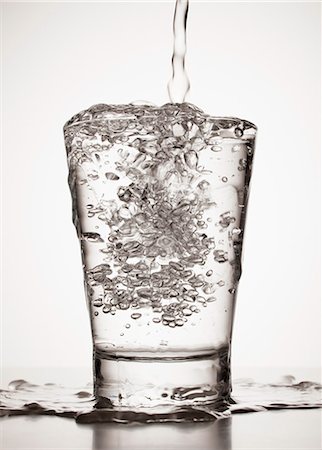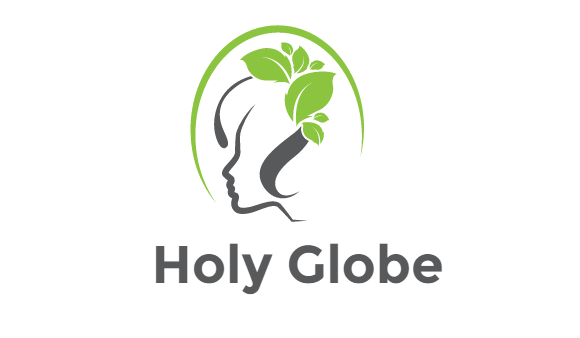Water pours into glass from above and overrunning down the sides Somatic psychotherapists typically use the informal metaphor of a “container” in explaining a person’s state of overwhelm or durability.

It’s a simple concept: If Janelle is experiencing a lot of tension, and/or her system isn’t really resistant, then one can say her container is overflowing, or near to it. On the other hand, if she successfully handles her feelings and the external circumstances that cause them, she would create more “space” in her figurative container and she wouldn’t be so vulnerable to becoming stressed. She could likewise work with a therapist in order to establish affect tolerance and self-regulation. She would then be making her container bigger and less breakable, increasing her resilience throughout lots of life circumstances.
The container can be filled by our response to events previously in our lives that we’ve repressed and not handled. Scientists and clinicians working with intergenerational trauma believe our containers hold the trauma passed down to us from the experiences of earlier generations. Such experience includes but is not restricted to systemic racism and injustice. The field of epigenetics takes a look at changes in gene expression (which pieces of our DNA hairs are being expressed, and which aren’t). These changes are believed to be responses to the environment, either present or historic. On the other hand, our containers can also be filled by present-day, intense stress factors that we’re all too knowledgeable about. In practice, it’s generally a mix of both, and they can be interrelated.
In some cases it isn’t right away apparent how complete the container is becoming, due to the fact that we are experts at concealing this from ourselves and the world. When discussing this with a person in treatment, I’ll often use the metaphor of my coffee cup. It’s a metallic travel mug, and when I hold it up, you can’t instantly tell how full it is. It could be nearly empty, or it could be near overrunning. (It’s just a visual example. No reasonable attempting to determine my state of mind in order to determine just how much coffee is inside me instead of still in the cup!).
If the level inside the cup gets too close to the top, it overruns quickly. This overflow would represent having a “disaster”: panic attack, relapse into addictive habits, major depressive episode, etc. In some cases this surprises the individual, as they had not been consciously aware of the increasing level in their container.
Psychology is the research study of human thoughts, sensations, and behaviors. It shares some overlap with sociology, government, anthropology, etc. However, most scientific psychology focuses on the specific and their cognitive, developmental, marital, or family characteristics. After many years in this field, I would guess that most of what’s talked about in treatment rooms does not concentrate on bigger cultural, socio-political, massive financial, or environmental factors. Or such aspects might be acknowledged, however therapeutic interventions normally focus on the micro (person/family) rather than the macro (environment). In that sense, treatment can be a bit myopic at times.
If the level inside the cup gets too near to the top, it overflows easily. This overflow would represent having a “meltdown”: panic attack, relapse into addicting habits, major depressive episode, and so on. Often this surprises the individual, as they hadn’t been knowingly familiar with the increasing level in their container.
Simply because we’re repressing something doesn’t suggest it’s not affecting us and filling our figurative containers. The emerging fields of Eco psychology and Eco therapy assert that humans have an ecological unconscious. That is, because we are born of earth and our whole existence depends on our vulnerable biosphere (and the other types we share it with), anything threatening our world causes stress and anxiety in us. Practically everybody I talk with has incredible stress and anxiety about the future of our environment, and for good reason. This frequently undetectably contributes to the total “volume” inside our containers; and since individuals frequently tend to feel defenceless about massive occasions, it may increase their propensity towards immobility and dissociation.
For some people, it might be a helpful workout to write out a list of all the things they can consider that could be affecting their tension levels. Nevertheless, for many other individuals, if their container is filling, then the workout of looking at everything at once might send them into anxiety, immobility, or perhaps panic (” Oh, my god, it’s a lot even worse than I ‘d believed!”). Somatic therapists are trained to evaluate an individual’s free tension action on a moment-to-moment basis and intervene as required, training the individual in handling a workable amount at any one time, and utilizing that experience to grow stronger.
In my opinion, the objective of treatment is to increase a person’s self-regulation, which increases coping, health, joyfulness, and myriad other preferable outcomes. People who have the ability to self-regulate tend to be more familiar with their overall tension levels, including “whole-world concerns.” They may be less prone to stress and anxiety, depression, and immobility, so they can engage in efficient self-care, including taking action to better their lives and the greater world.
Facebook Comments
